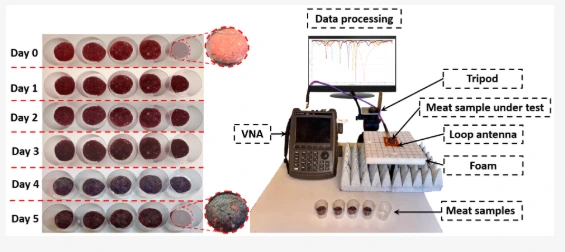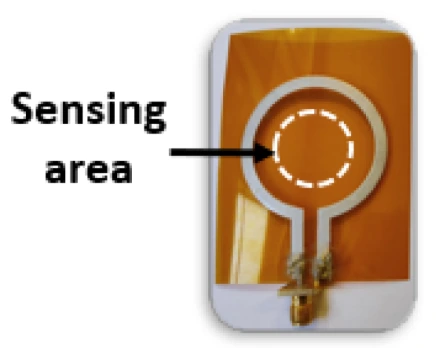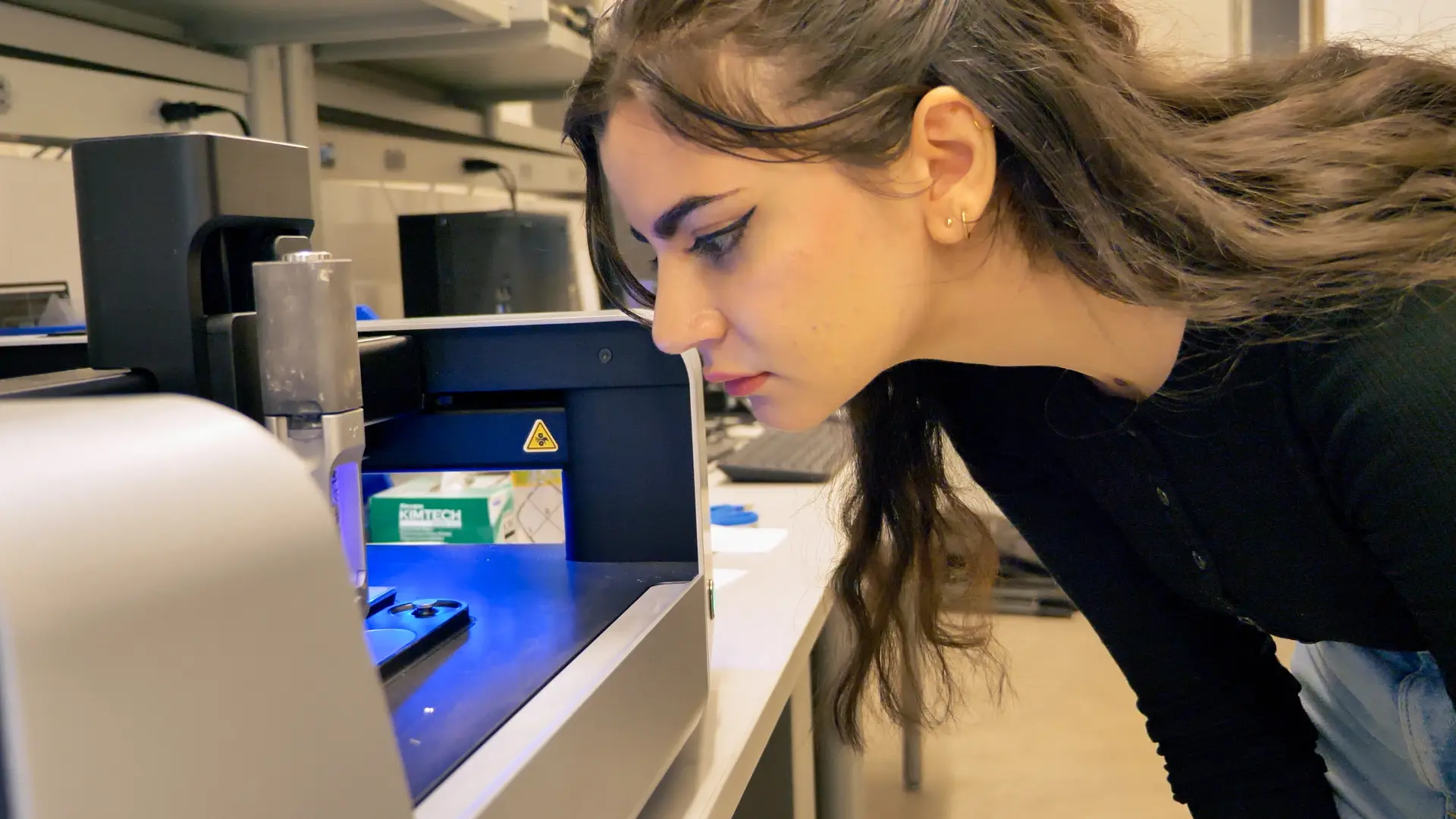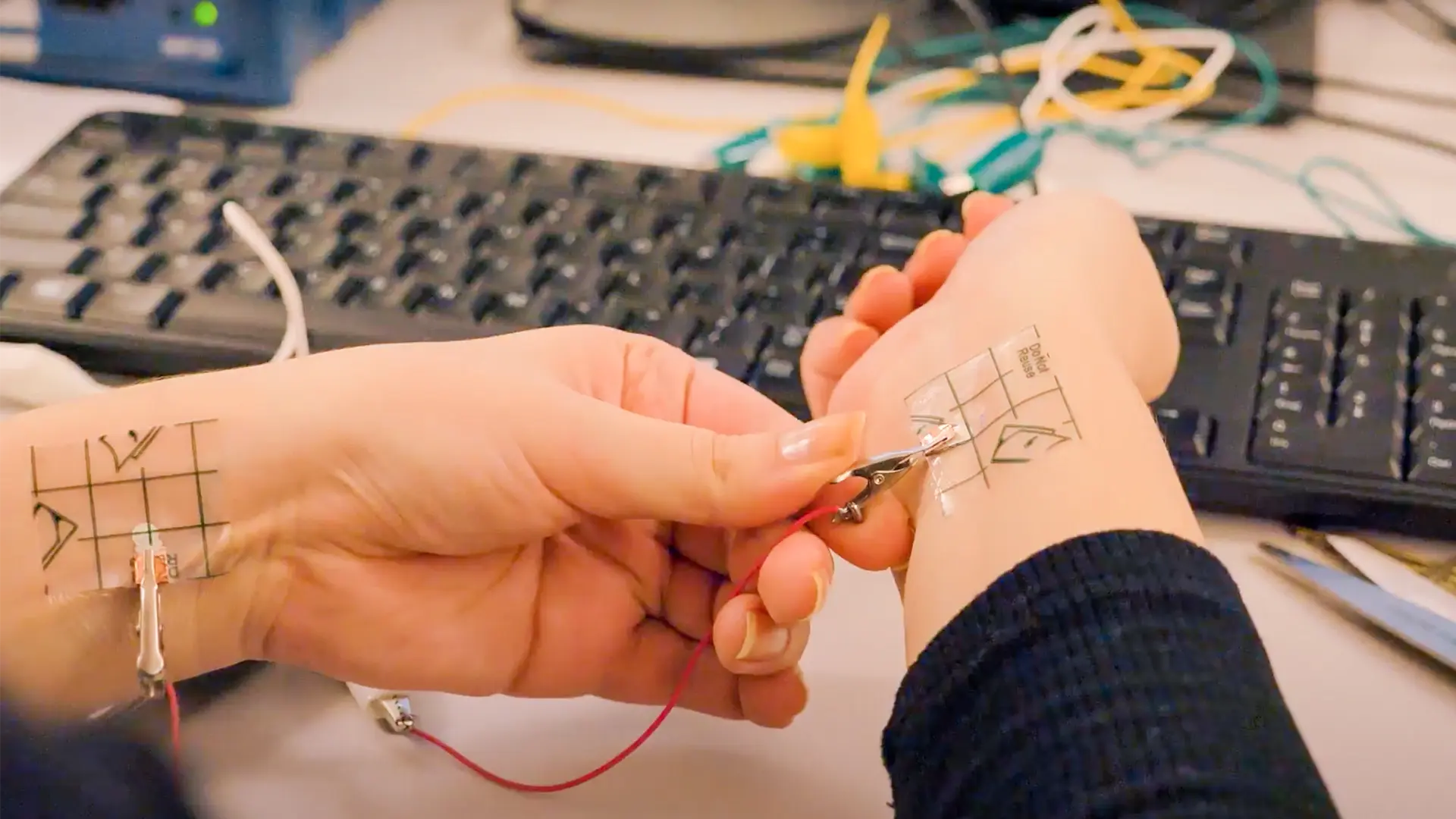Printing a Smart Resonator to Track Meat Freshness
Have you ever had food poisoning from eating spoiled food? It may seem harmless to test food quality by taking a small bite, or perhaps you were unaware of the dangers of the food you ate. Regardless, the results are never pleasant. Symptoms can range from stomach pain and vomiting to fevers and dehydration. Food poisoning is often an acute and serious condition.
The good news is researchers at the Universitat Politècnica de Catalunya, one of our customers based in Barcelona, Spain, recently published a study [1] featuring a flexible resonator that monitors dielectric changes in meat — a promising step toward smarter, safer food quality testing.
Developing a meat freshness sensor
Scientists set out to develop a resonator that is capable of monitoring meat freshness in real time by detecting dielectric property changes as the meat degrades. To achieve that, they needed to design a low-cost, printable, and non-invasive radio frequency (RF) sensor that operates within the 2.4 GHz ISM band, providing accurate, repeatable measurements for food quality monitoring and potential IoT integration.


How it works
The resonator is a loop antenna-based sensor that generates a localized electromagnetic field. When a meat sample is placed near it, the changing permittivity (dielectric constant) of the meat affects the antenna’s impedance and resonant frequency.
As spoilage progresses, the dielectric properties shift, causing the resonance to drop from 2.14 GHz (Day 0) to 1.29 GHz (Day 5). This frequency shift directly correlates with meat freshness and can be measured using a vector network analyzer (VNA).
Fabrication process
The sensor was printed on a flexible polyimide (Kapton) substrate using Voltera’s NOVA materials dispensing system, an additive platform designed to prototype flexible hybrid electronics (FHE) like flexible sensors. NOVA’s vacuum table helps researchers secure their flexible substrate onto the platform for automatic heat mapping and during the printing process. Its ink pressure sensing and temperature-controlled dispensing enabled rapid and consistent printing of conductive silver traces.


After printing, the antenna was oven-cured at 50°C for 15 minutes to ensure strong adhesion and stable conductivity. This process produced a compact (50 × 70 mm) resonator with reliable electrical conductivity (50 Ω impedance).
Results
Over six days of testing, the resonator consistently tracked dielectric changes in beef samples, showing a linear correlation between frequency shifts and meat degradation. The system demonstrated average sensitivity of 0.173 GHz/day, low standard deviation, and excellent reproducibility across multiple samples. Simulations confirmed that as meat permittivity increased from about 37 to 91, the resonant frequency decreased proportionally, matching experimental trends.
Conclusion
The study demonstrated that this flexible loop antenna offers a low-cost, reliable method for real-time, non-invasive monitoring of food quality, with strong potential for IoT-based food safety systems and other perishable goods.
Interested in seeing other Voltera customer innovations? Check out the following resources:
- Customer story: Researching Printed Stretchable Bioelectronics with Voltera NOVA and V-One
- Blog: Advancing Printed Sensors: RFID Tag for Breath Monitoring
- Blog: AI-Powered Ingestible Sensor for Monitoring Gut Health
Ready to talk about prototyping flexible printed sensors with NOVA? Book a meeting to speak with one of our technical representatives.
References
[1] Abounasr, J., Gharbi, M. E., Raúl Fernández García, & Gil, I. (2025). A High-Sensitivity Inkjet-Printed Flexible Resonator for Monitoring Dielectric Changes in Meat. Sensors, 25(5), 1338–1338. https://doi.org/10.3390/s25051338.

Check out our Customer Stories
Take a closer look at what our customers are doing in the industry.
